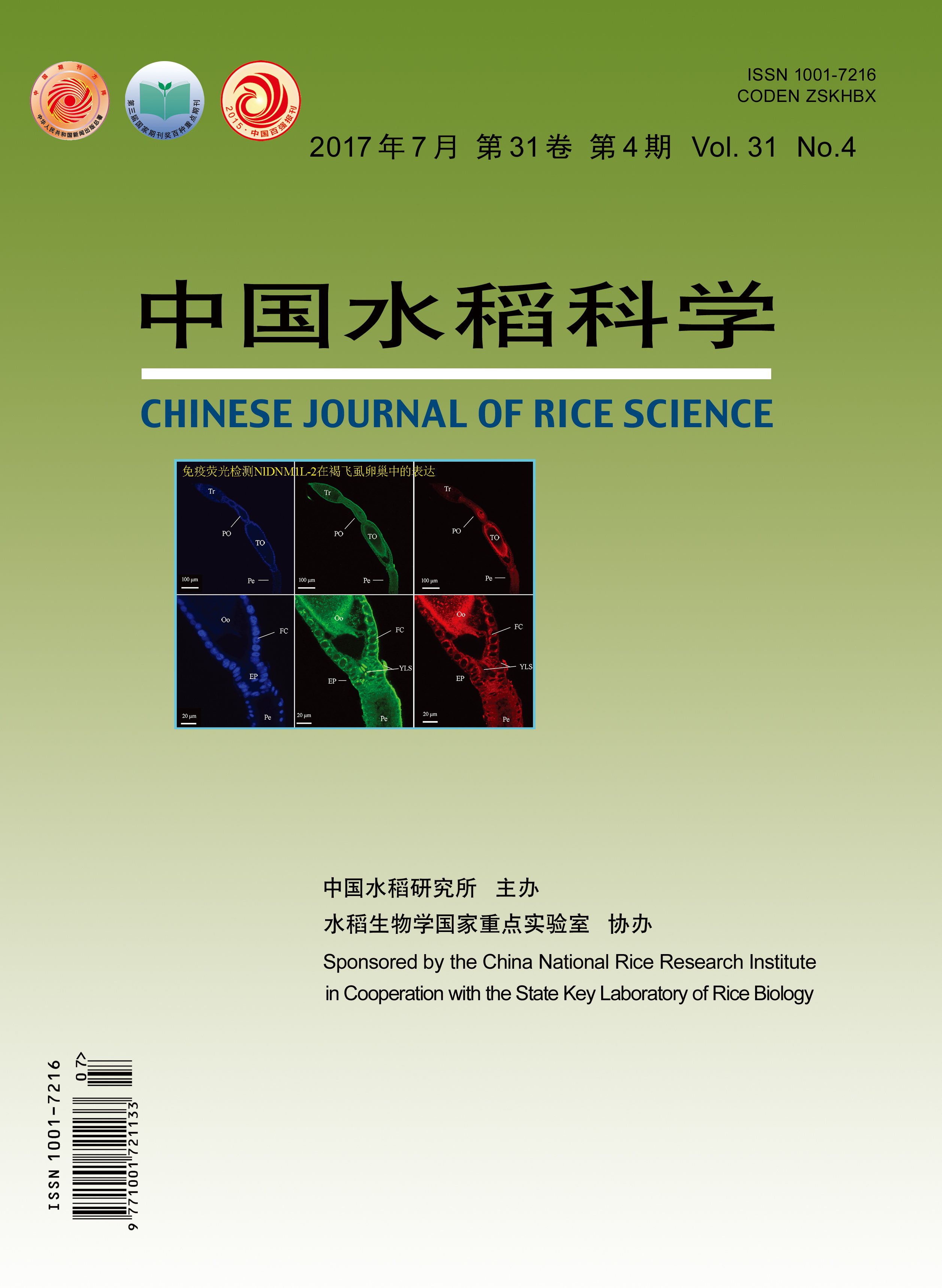【Objective】Nitrogen fertilization has a great influence on rice leaf growth, morphology, photosynthetic production and grain yield, especially the management of spikelet-promoting and spikelet-developing nitrogen. The objectives of this study are to elucidate the effect of spikelet-promoting and spikelet-developing nitrogen application ratios on middle-season hybrid rice.【Method】Two middle-season rice combinations (Dexiang 4103 and Yixiang 3724, which differ greatly in leaf morphology and grain yield) were used. The total nitrogen application rate is 180 kg/hm2, 40% of which is topdressed for panicle initiation. Four kinds of spikelet-promoting and spikelet-developing nitrogen ratios(1∶3, 2∶2, 3∶1, 4∶0) were designed. Leaf morphology (including leaf length, width, angle, leaf area index, and group light transmittance), net photosynthetic rate, dry matter accumulation and grain yield were measured at full heading and harvest stage. 【Result】Lower ratio(1:3) of spikelet-promoting nitrogen fertilizer can achieve a higher grain yield both in the two combinations, and erect leaf morphology, good leaf posture for light, high net photosynthetic rate and large dry matter accumulation were observed simultaneously. On the contrary, relatively low grain yields of both rice combinations were observed under the treatment of high ratio of spikelet-promoting and nitrogen fertilizer. This might be mainly attributed to the much increased leaf area, angle and dropping degree under the higher ratio, which further caused a poor population quality and a decline in seed-setting rate and 1000-grain weight. As for the two different rice combinations, Dexiang 4103 had a higher grain yield. In fact, Dexiang 4103 possessed a larger total number of spikelets, while a smaller leaf area and angle variation for all fresh leaves under different nitrogen application ratios, which allowed Dexiang 4103 to maintain a good population quality and good posture to capture more light. As a result, Dexiang 4103 produced a higher dry matter accumulation and yield.【Conclusion】Based on these results, in order to increase the dry matter accumulation after heading and yield, we suggest that the application of panicle nitrogen fertilizer should shape a good leaf morphology and high quality population. Finally, the leaf breeding of hybrid rice was discussed.

